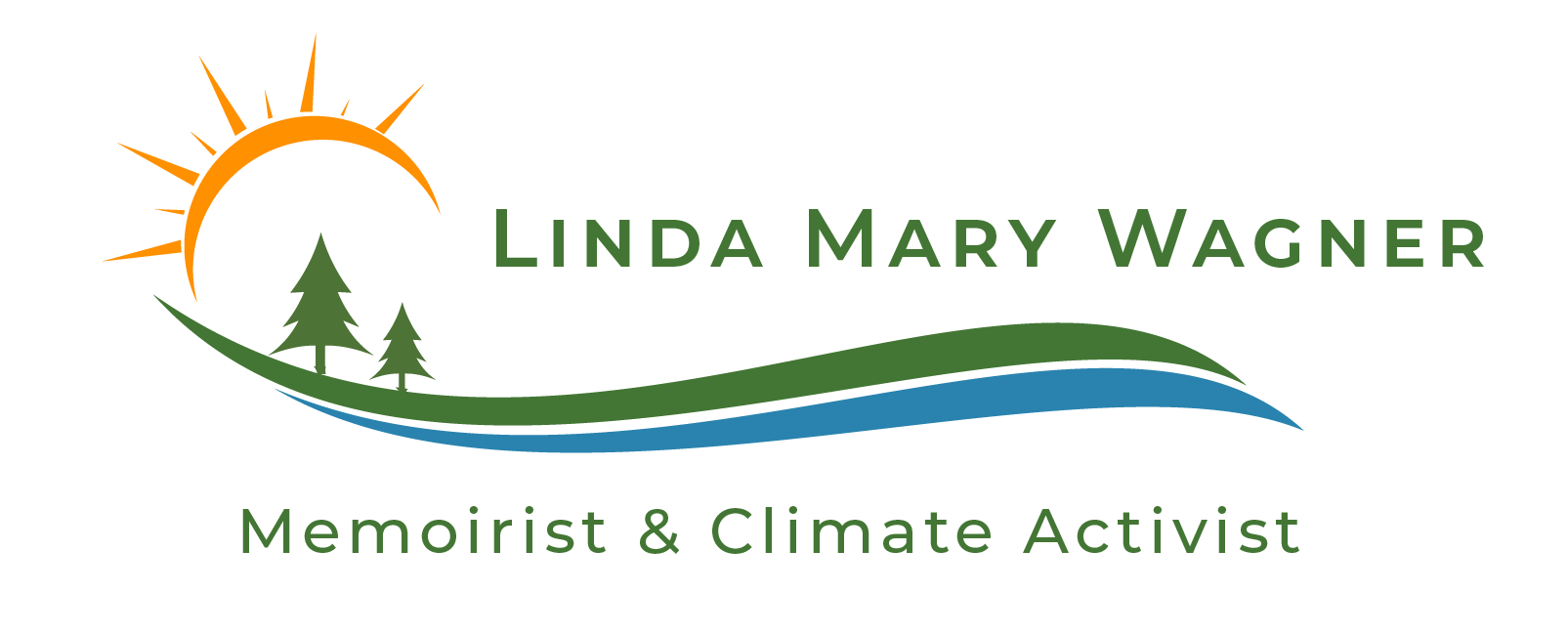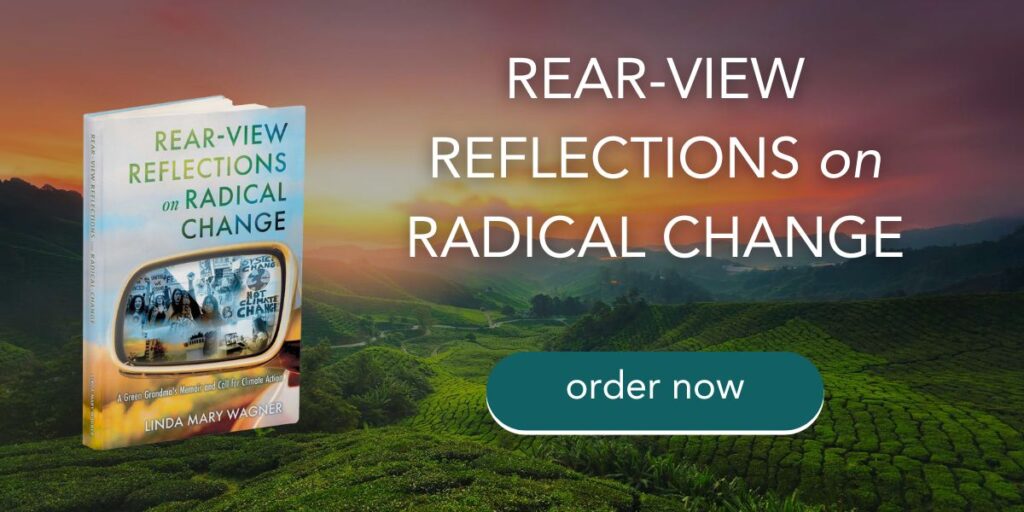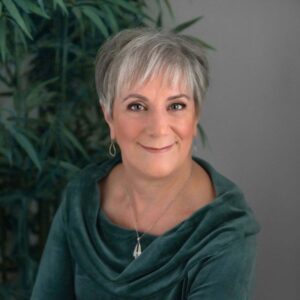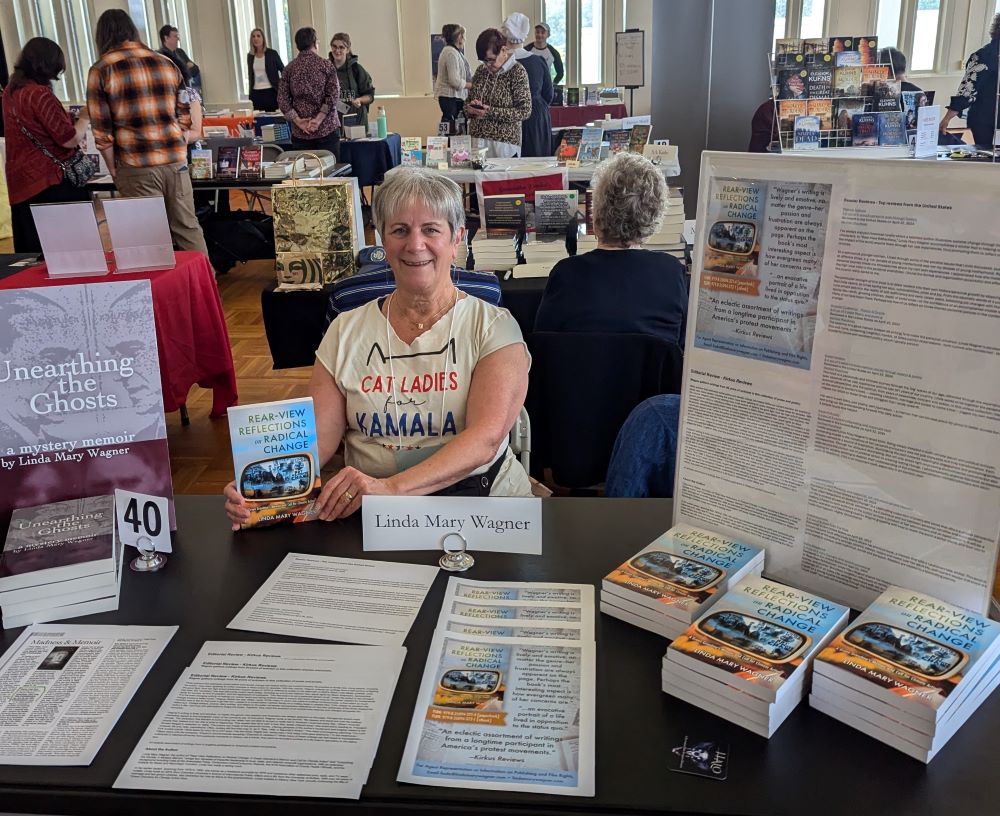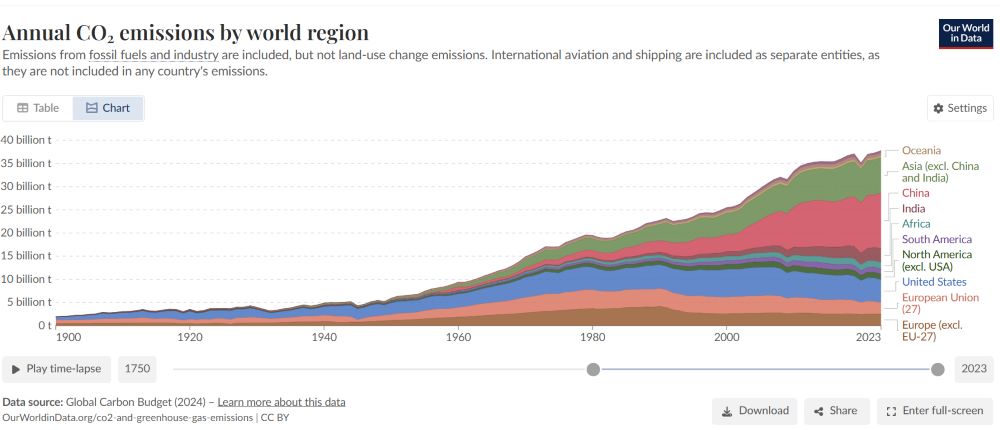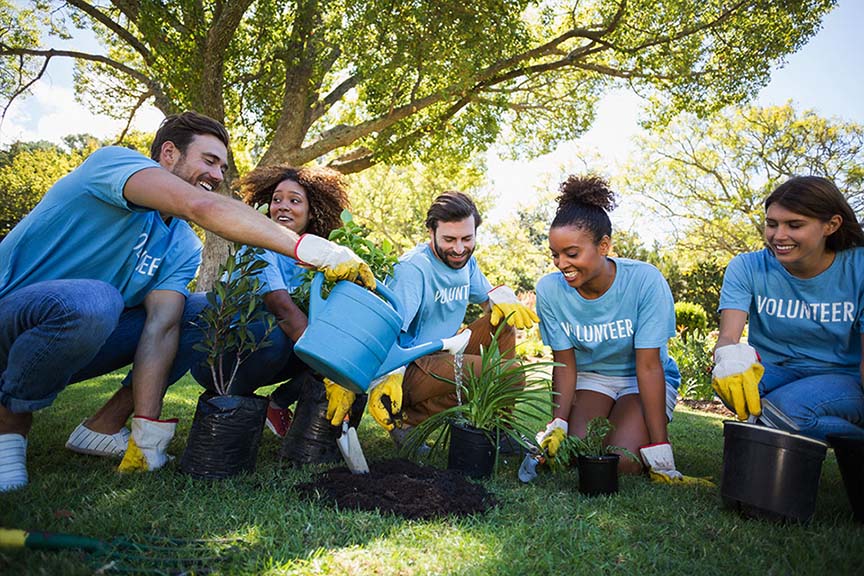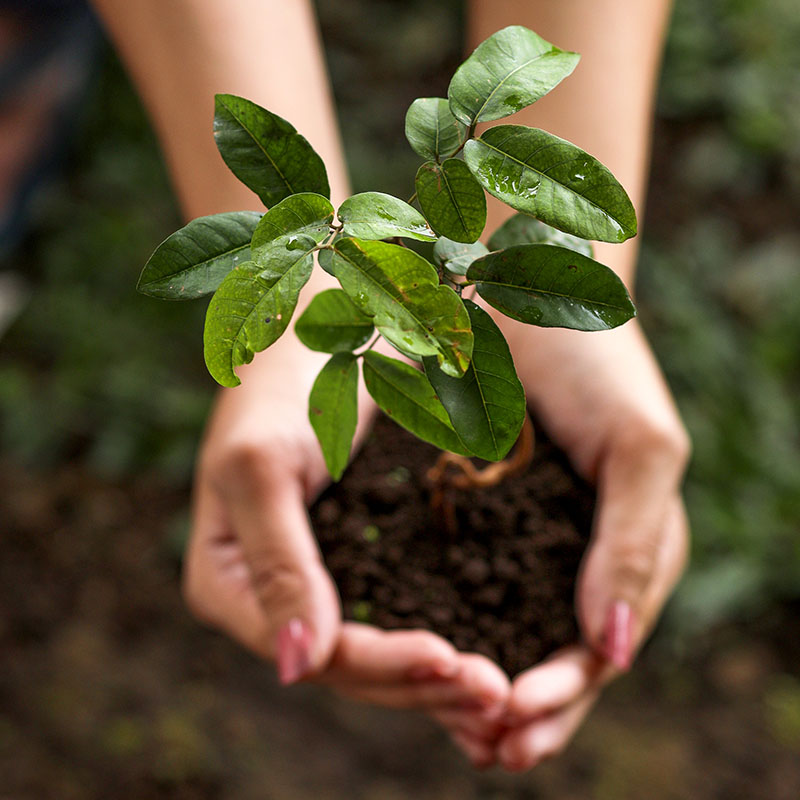EarthDay.org shows where signs of hope abound for thinking global and acting local in this update: Six Unexpected American Cities Leading the Way in Renewable Energy – “In reality, much of the United States’ clean power production happens in the politically-diverse heartland of Middle America, with some of the most exciting renewable energy transitions occurring in unexpected places.” This includes Iowa City, IA, where wind energy enabled the city to reach its 2030 goal of 45% reduction in emissions a decade early in 2020. Denton is the only city in Texas where residences and businesses operate on 100% renewable energy. Salt Lake City, with its solar project, leads Utah in its Renewable Communities initiative. Nashville’s mix of solar projects is leading the way in Tennessee. A Canadian solar manufacturing plant in Mesquite, Texas is not only make energy more sustainable there, it has added 1200 jobs to the local economy. In Boise, Idaho 75% of the residents give strong support to meeting the goal of 100% renewable energy for all businesses and residences within ten years.
Tools for Schools Are a Sign of Hope
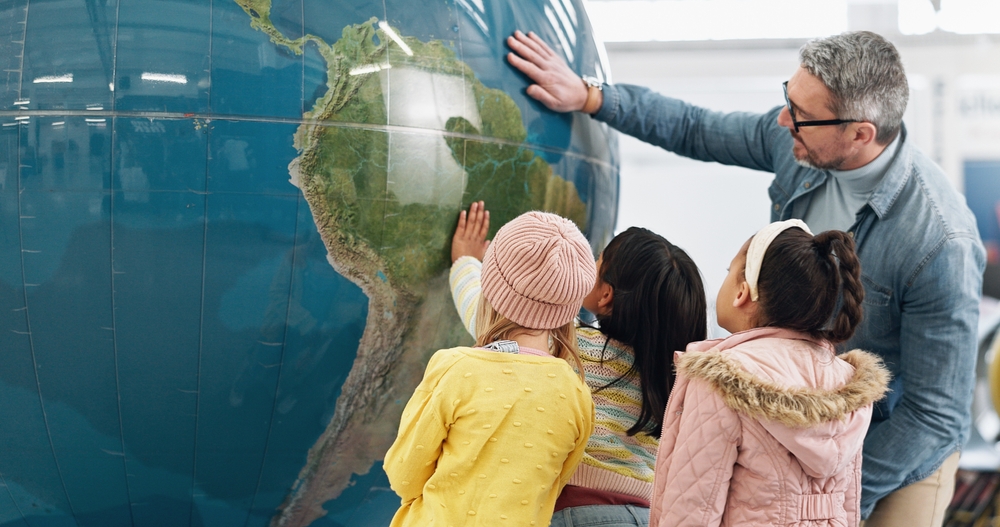
EarthDay.org spreads some sunshine on a brighter future for our grandchildren with its “Schools’ Guide to Climate Education” comes in. This free professional development resource gives educators the tools they need to bring climate education into any subject. It includes subject-specific strategies, sample lessons, and ideas for hands-on projects that are meaningful and manageable. Whether you’re a math teacher exploring exponential growth through carbon emissions or a civics teacher unpacking climate justice, the guide helps bridge the gap between the standards you’re already teaching and the future your students are facing.
Filling Vacuums that Suck with Hope that Abounds
As always, Bloomberg Philanthropies steps in to fill some of the gaps in climate action the Trump administration has created: COP30 President André Corrêa do Lago and UN Special Envoy Michael R. Bloomberg Announce Partnership to Turbocharge Global Climate Progress. “This partnership will empower local leaders to drive faster progress by expanding clean energy, cutting pollution, and strengthening economies,” said Michael Bloomberg. The Conference of the Parties (COP) is the largest global event for discussions and negotiations on climate change. The annual meeting this year will be held in Brazil in November to set new, specific goals for 2030.
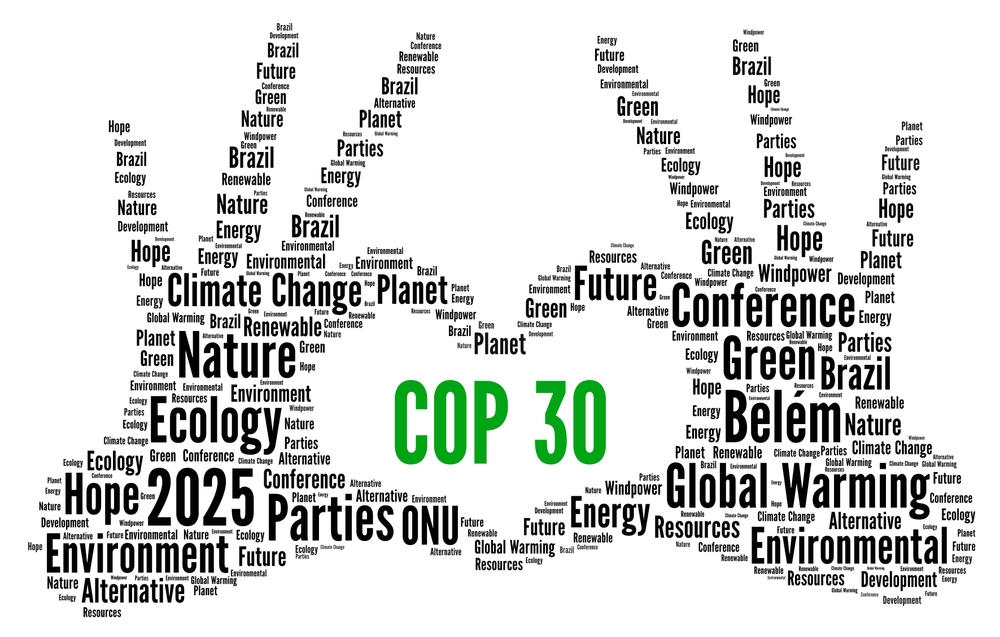
Given the anti-environment actions of the Trump administration, institutions other than the federal government are stepping forward. The Guardian reports, Scientific societies to do climate assessment after Trump administration dismissed authors. “On Friday, the American Meteorological Society (AMS) and the American Geophysical Union (AGU) said that they will work together to produce over 29 peer-reviewed journals that will cover all aspects of climate change including observations, projections, impacts, risks and solutions.”
Uncertainty surrounding Trump tariffs are upending many markets, including those essential to renewable energy. Inside Climate News examined this impact in a guest essay, Will Tariffs on Solar Cell Imports Invigorate the U.S. Manufacturing Market? The column notes, “In anticipation of further tariffs after the preliminary duties were announced in 2024, some manufacturers already shifted their supply chains and used solar cells produced outside of Malaysia, Vietnam, Cambodia and Thailand, according to a 2025 Sustainable Energy Report published by BloombergNEF and the Business Council for Sustainable Energy.”

Research Matters Where Hope Abounds
Finding new solutions to problems requires an investment in the type of research that Anthropocene Magazine featured recently in Sponge made from food scraps produces clean water from thin air. “Water has become a precious commodity in many parts of the world, a problem getting exacerbated by a warmer world and rising population. One in three people worldwide lack access to safe drinking water, according to the UNICEF and World Health Organization. But the Earth’s atmosphere contains around 13,000 cubic kilometers of water. That’s more than all the volume of water in the world’s rivers. And even in dry environments, air carries a small amount of moisture. So researchers have been devising clever materials and technologies to harvest this atmospheric water vapor.”
How to Help Make Hope Abound
As always, the Climate Reality Project lets you know What You Can Do now.
Find more ways to Take Action!
